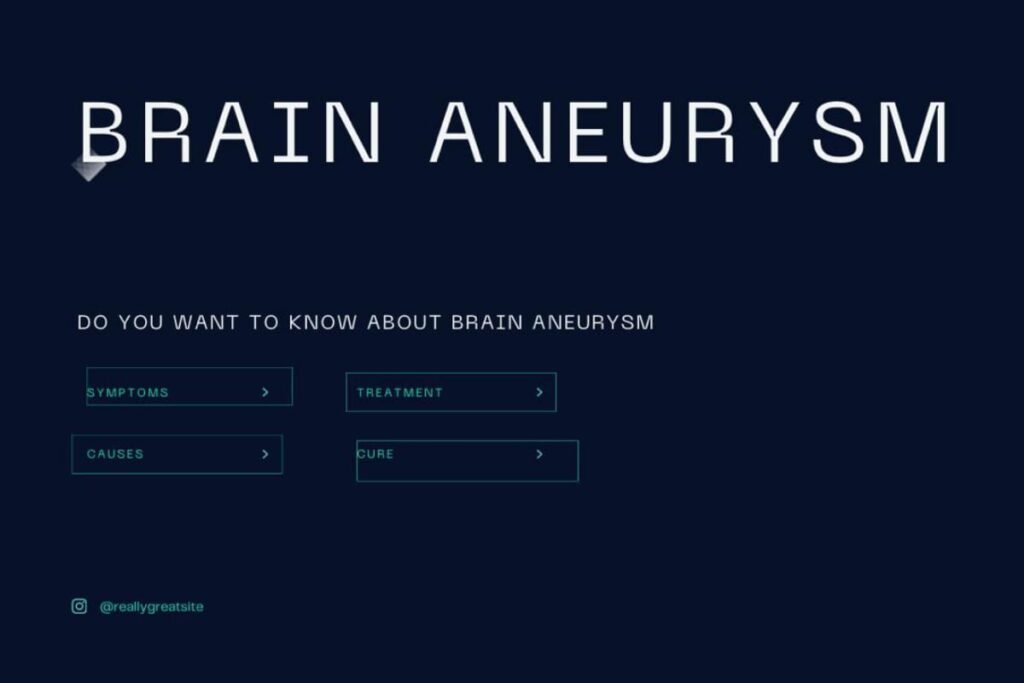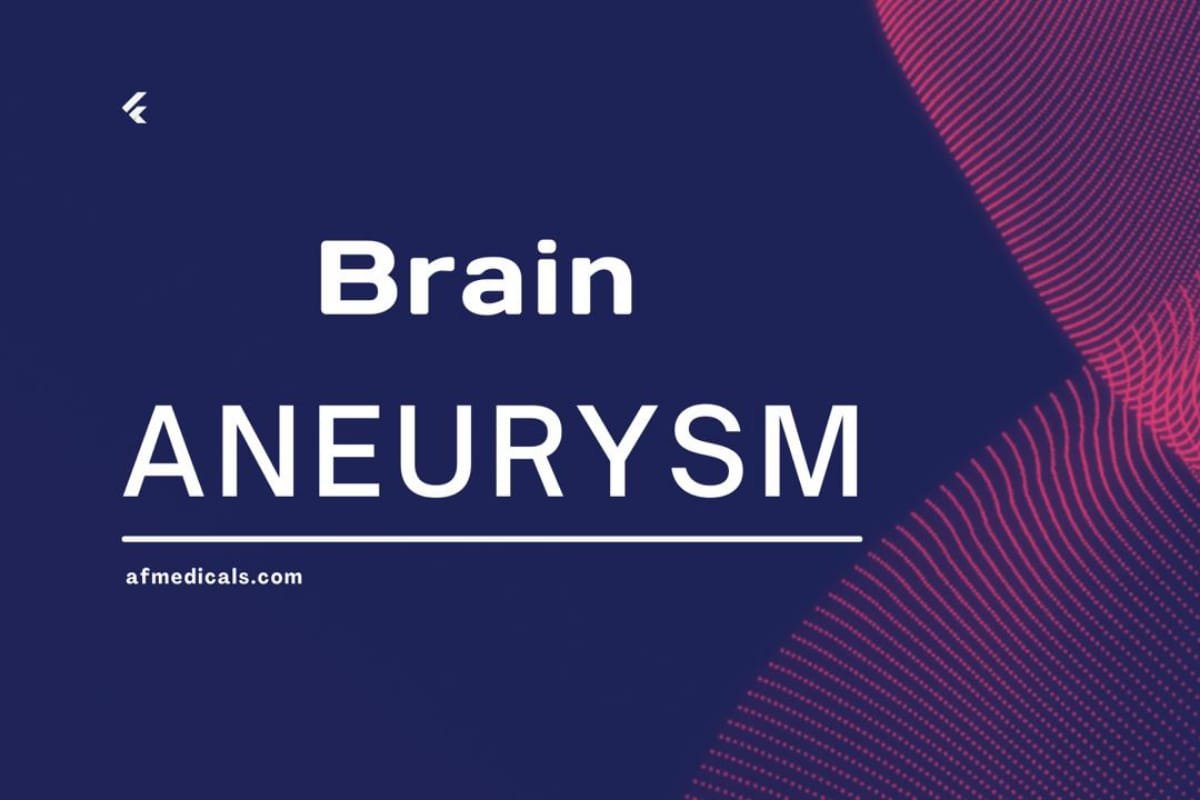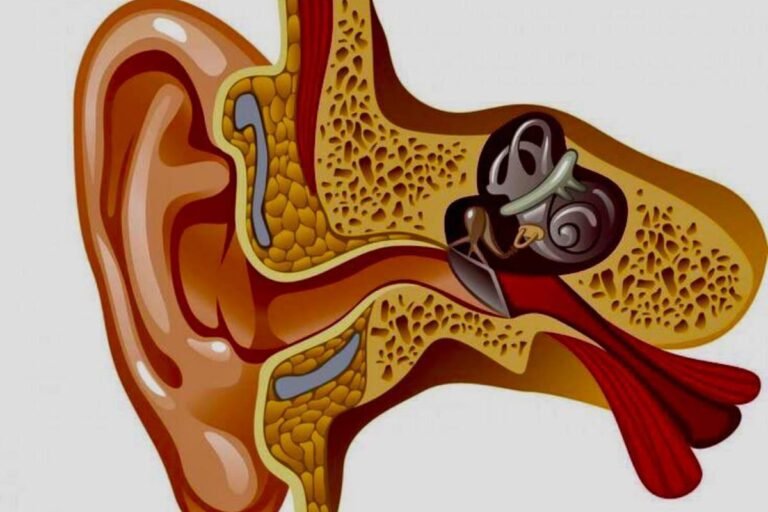Brain Aneurysm: Symptoms,Causes, Indications, and Medications:
Brain Aneurysm: Causes, Indications, and Medications:
Introduction:
A brain aneurysm may be a possibly life-threatening condition characterized by a bulging or swelling within the divider of a blood vessel within the brain. Frequently compared to a lean swell or a frail spot on a tire, an aneurysm can leak or crack, driving to dying into the brain (hemorrhagic stroke). Whereas numerous aneurysms don’t appear indications and are found by chance amid tests for other conditions, a burst aneurysm can be an crisis requiring quick consideration. This article gives an in-depth see at the causes, symptoms, diagnosis, and treatment alternatives for brain aneurysms, nearby the suggestions for patients and preventative measures.
What may be a Brain Aneurysm?
Definition and Sorts:
A brain aneurysm, moreover known as an intracranial or cerebral aneurysm, may be a cerebrovascular disorder where a shortcoming within the divider of a brain course leads to a localized widening or swelling. There are three sorts of brain aneurysms: saccular, fusiform, and dismembering aneurysms. Saccular aneurysms, the foremost common sort, are adjusted and pouch-like, frequently shaping at blood vessel branches. Fusiform aneurysms include the complete circumference of the supply route and don’t have a neck. Dismembering aneurysms happen due to a tear within the artery’s lining.
Epidemiology:
The study of disease transmission
Brain aneurysms are evaluated to influence around 2 to 5 percent of the populace. They are more predominant in grown-ups than in children and are somewhat more common in ladies than in men, especially after the age of 55. The event of brain aneurysms tends to be impacted by hereditary variables and way of life choices, such as smoking and tall blood weight.
Causes and Risk Factors:
The precise cause of brain aneurysms is still not completely caught on, but a combination of variables shows up to contribute to their arrangement:
Genetic Factors:
- Family history: Those with a family history of cerebral aneurysms are at higher chance.
- Polycystic kidney malady and certain connective tissue clutters like Ehlers-Danlos disorder can increment the chance.
Lifestyle and Environmental Factors:
- Hypertension: Tall blood weight can harm the blood vessels, expanding the chance of aneurysm.
- Smoking: Nicotine can debilitate blood vessel dividers, altogether upgrading the chance of aneurysms.
- Sedate utilize: The utilize of stimulant drugs like cocaine can lead to aneurysm due to expanded blood weight.
Symptoms and Warning Signs:
Numerous brain aneurysms don’t cause side effects until they are expansive, spill, or burst. Unruptured aneurysms can be found amid tests for other conditions. In any case, a cracked aneurysm indications are sudden and extreme.
Symptoms of a Ruptured Aneurysm:
- Sudden, amazingly serious migraine
- Queasiness and heaving
- Hardened neck
- Obscured vision or twofold vision
- Affectability to light
- Seizure
- Hanging eyelid
- Misfortune of awareness
- Disarray
Symptoms of an Unruptured Aneurysm:
- Torment over and behind an eye
- Widened understudies
- Visual unsettling influences
- Deadness or shortcoming on one side of the confront
Diagnosis:
The determination of abrain aneurysm is essentially based on imaging strategies that can visualize blood stream and the condition of blood vessels within the brain:

Diagnosis Tests:
- Computed Tomography (CT) scan: A CT check of the head is more often than not the primary test performed when a burst aneurysm is suspected.
- Attractive Reverberation Imaging (MRI): An MRI can give detailed images of the brain and blood vessels.
- Cerebral Angiography: Provides a nitty gritty see of the courses within the brain and can identify an aneurysma shape and estimate.
Treatment options:
The treatment of brain aneurysms depends generally on the measure, area, and condition of the aneurysm, as well as the patients general well being.
Surgical Treatments:
- Surgical clipping: A metal clip is put at the base of the aneurysm to separate it from typical blood circulation, anticipating break.
- Endovascular coiling: A catheter is utilized to embed a coil into the aneurysm to initiate clotting and seal off the aneurysm from the course.
Non-Surgical Treatments:
- Observing: Little, unruptured aneurysms may be observed over time for changes in measure or onset of symptoms.
- Pharmaceutical: Drugs to oversee blood weight and diminish hazard factors can be endorsed.
Living with a Brain Aneurysm:
Living with a brain aneurysm includes customary observing and way of life alterations to play down dangers. Patients frequently experience schedule MRI or CT checks to check the aneurysma status, which can be a source of both consolation and uneasiness. Way of life changes may incorporate overseeing hypertension, stopping smoking, and keeping up a sound eat less. Furthermore, it’s significant for those with a brain aneurysm to know the crisis side effects, like a sudden extreme cerebral pain, to look for quick restorative consideration. With appropriate administration, numerous live full, dynamic lives in spite of the nearness of this condition.






